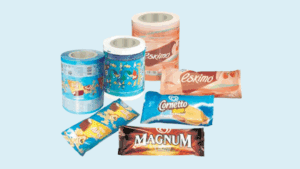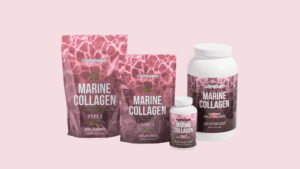Last Updated on June 30, 2025 by Packoi Team
Some common places where you may have encountered paper canisters include coffee shops, bakeries, and even your own pantry. An example of a popular paper canister packaging is the iconic Pringles can.
But with so many options available in the market, how do you choose the right one for your specific needs? How do you navigate the challenges that come with paper canisters? Below, we explain this in detail.
What is Paper Canister Packaging?
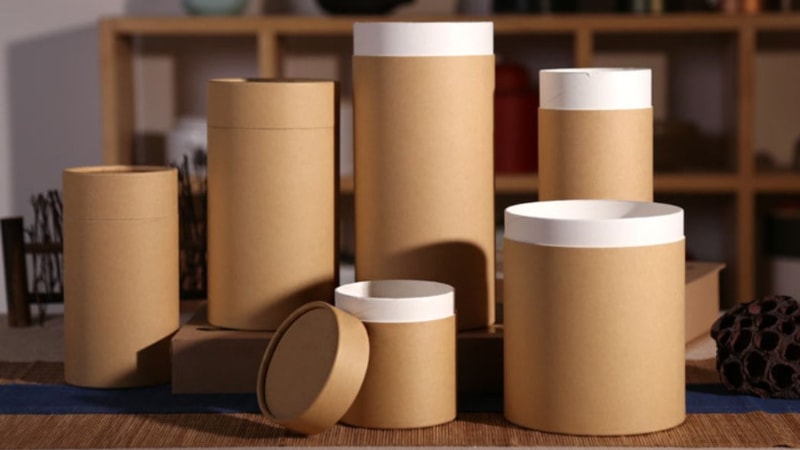
Paper canister packaging refers to cylindrical containers made from paper or cardboard materials, such as kraft paper, which are used for storing and shipping various goods. These canisters usually come with a removable lid or cap, making them easy to open and close.
They can be customized with different designs, sizes, and shapes according to the product that needs to be packaged. The manufacturing process of paper canisters is highly efficient and cost-effective.
It begins with the paper or cardboard being cut into the desired shape and then wrapped around a cylindrical mandrel. The ends are then glued together, creating a seamless tube.
Lastly, the bottom is sealed with a base to create a sturdy container that can withstand the weight of the product inside. The following table compares different materials that are commonly used for packaging paper canisters.
| Material | Key Features | Advantages | Best For |
|---|---|---|---|
| Kraft Paper | Durable, eco-friendly, and lightweight | Biodegradable, recyclable, cost-effective | Dry goods, eco-conscious packaging |
| Cardboard | Thick, sturdy, and customizable | Strong structure, versatile, recyclable | Retail packaging, storage, custom designs |
| Recycled Paper | Made from post-consumer waste | Environmentally friendly, cost-efficient | Sustainable packaging, bulk shipments |
| Wax-Coated Paper | Coated for moisture resistance | Protects against spills, durable | Food products, moisture-sensitive items |
| Composite Materials | Layers of paper, plastic, and metal | High durability, moisture-proof | Food packaging, liquid storage |
Understanding these material distinctions is crucial for selecting the right paper packaging solution that aligns with your product’s specific needs, whether you prioritize sustainability, protection, or cost-effectiveness.
Types of Paper Canisters
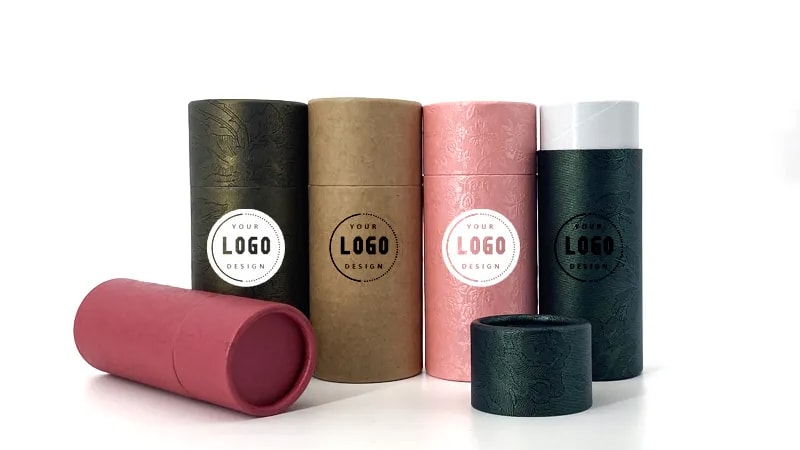
Paper canisters come in different types to meet the needs of your products. One of these types is a rigid paper container that is made from thick, sturdy paper or cardboard material. It provides excellent protection for fragile items such as glass jars and bottles.
Another type is the composite paper canister, which is made from multiple layers of paper and other materials such as plastic or aluminum foil. Its build makes it ideal for products that require extra protection against moisture, odors, and other external factors.
Paper canisters also come with metal lids and foil membranes for added security and preservation. These types of canisters are often used for storing food and other perishable items.
Paperboard canister packaging is another popular option, made from lightweight and durable paperboard material. It is commonly used for dry goods such as powdered milk, nuts, and cereals. The material can be easily printed on, making it an ideal choice for branding and marketing purposes.
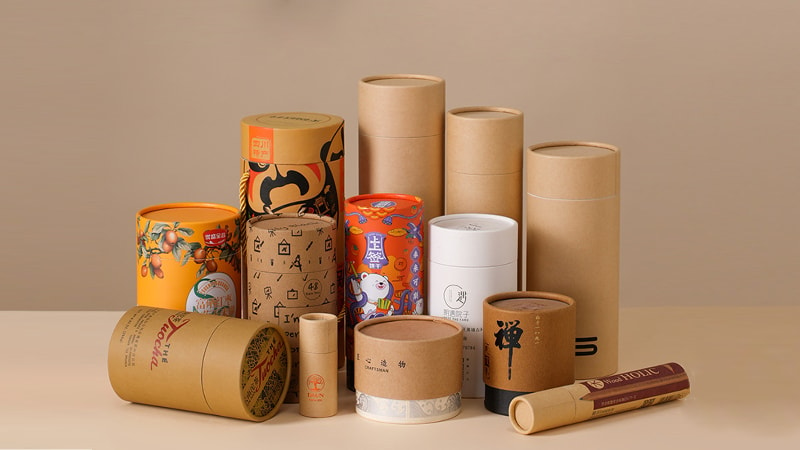
Canister packaging may also be made of kraft paper with foil lining, providing a strong and secure seal for items that need to be protected from external elements. Eco-friendly options such as recycled paper and biodegradable materials are also becoming more widely used in the industry, catering to the growing demand for sustainable packaging solutions.
Benefits of Paper Canisters
Paper canister packaging comes with a host of benefits in terms of quality, sustainability, eco-friendliness, and customer satisfaction. To start, the eco-friendliness of paper canisters is one of the main reasons why many companies are now switching to this type of packaging.
As consumers become more conscious about the environmental impact of their choices, businesses are also making efforts to reduce their carbon footprint. Paper canisters offer a sustainable alternative to traditional plastic or metal containers as they are made from renewable and biodegradable materials.
Plus, paper canisters are lightweight and compact, making them ideal for shipping and transportation. They also take up less space in landfills and are easier to recycle compared to other types of packaging materials.
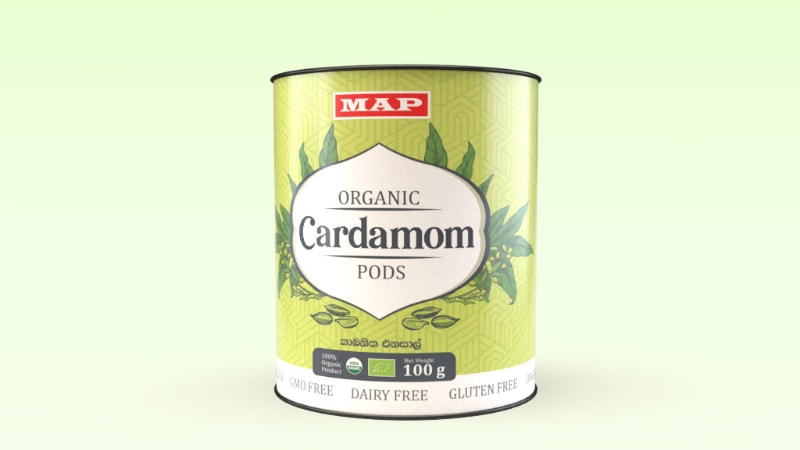
Another benefit of paper canisters is their versatility. They come in various shapes and sizes, making them suitable for a wide range of products, including coffee beans, snacks, spices, tea leaves, and even cosmetic products.
With customizable designs, companies can also use paper canisters as a marketing tool to showcase their brand and attract customers. In terms of quality, paper canisters offer excellent protection for the products inside as they are sturdy and resistant to external elements.
The aesthetics of paper canisters also add value to the product, making it more appealing and desirable for consumers. The use of high-quality printing techniques can elevate the appearance of the packaging and make it stand out on shelves.
Choose the Right Paper Canister Packaging for Your Products
If you want to make the most of paper canister packaging for your products, it is important to choose the right type that fits your specific needs. Some factors to consider are:
- Product Type: The type of product you want to package, such as dry foods or cosmetics, will determine the size and shape of the paper tube needed. For example, a cylindrical shape is ideal for coffee beans, while a rectangular or square shape may be more suitable for snacks.
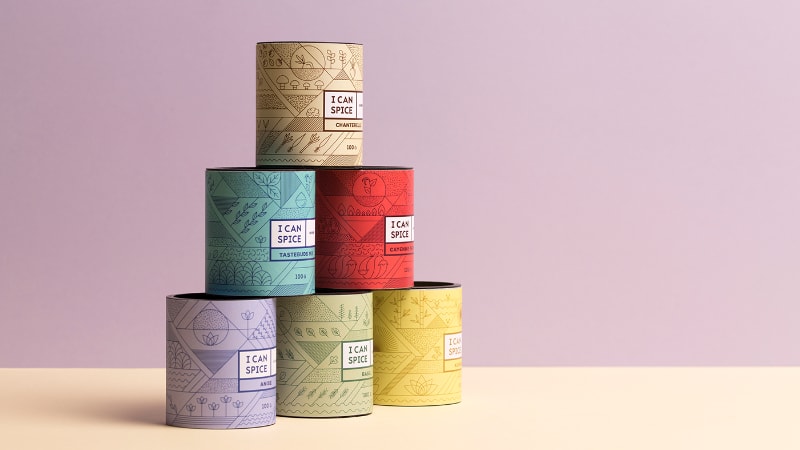
- Size: The size of the canister should be proportionate to the product it will contain. It should be able to hold enough of the product without being too bulky or taking up unnecessary space.
- Weight: You don’t want the packaging to be too heavy or too light for the product, as this can affect shipping costs and the overall perception of quality. Look for paper canisters that are lightweight but still durable enough to protect the product inside.
- Material: There are different types of materials used for paper canister packaging, including cardboard, chipboard, and Kraft paper. Consider the strength and durability of each material when making this decision.
Generic canister packaging doesn’t exactly build brand awareness. So, you should opt for custom packaging solutions. Work with manufacturers that can provide design and printing services to create unique and eye-catching packaging for your products.
Applications of Paper Canister Packaging
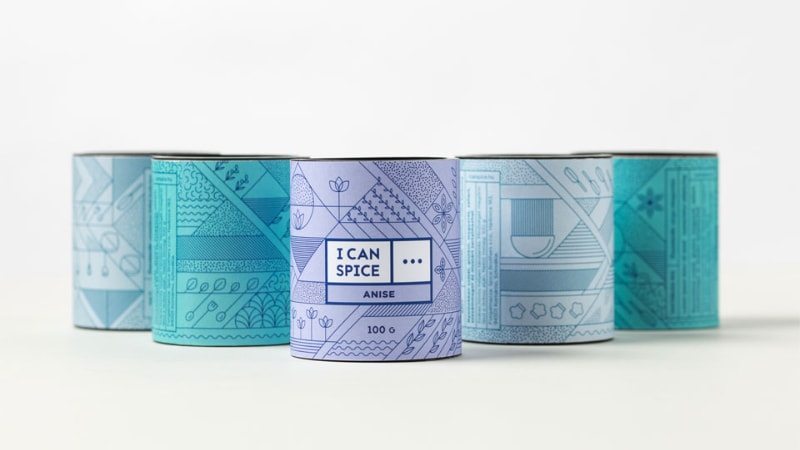
The applications of paper canister packaging are numerous and varied. One of the most notable use cases of this type of packaging is for food. Items like coffee, tea, snacks, and spices are often packaged in paper canisters to keep them fresh and protected from moisture.
Canister packaging is also commonly used for non-food items such as cosmetics, supplements, and household products. Personal care products like lotions and creams are often packaged in paper canisters, as they provide a more eco-friendly alternative to plastic packaging.
In addition to its use in packaging consumer goods, paper canisters are also used for various industrial and commercial purposes. Many companies use them for shipping and storing fragile items like glassware or electronics.
The sturdy construction of the canisters and their ability to protect the contents from damage during transit make them an ideal choice for these types of applications.
Household items like laundry pods and cleaning products are also often packaged in paper canisters, providing a convenient and environmentally friendly way for consumers to store and use these products.
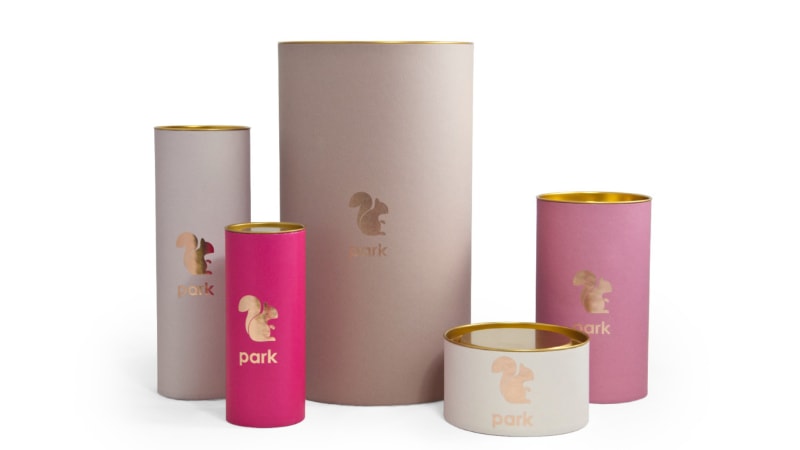
Another growing application for paper canister packaging is in the cannabis industry. With the increasing legalization of marijuana and its derivatives, there is a growing demand for eco-friendly packaging solutions in this market.
Common Challenges with Paper Canister Packaging
Although paper canister packaging has several benefits, manufacturers also face some challenges. These include:
- Limited Protection: While paper canisters have improved in terms of moisture and grease resistance, they still don’t offer the same level of protection as plastic or metal, especially in e-commerce packaging.
- Cost: The use of eco-friendly materials and advanced technologies can make paper canisters more expensive to produce than traditional options.
- Durability: Paper canisters are not as durable as their plastic or metal counterparts, which can be a concern for products that require longer shelf life.
- Design Limitations: While customization options are available, paper canister packaging may have design limitations due to the material’s flexibility and strength.
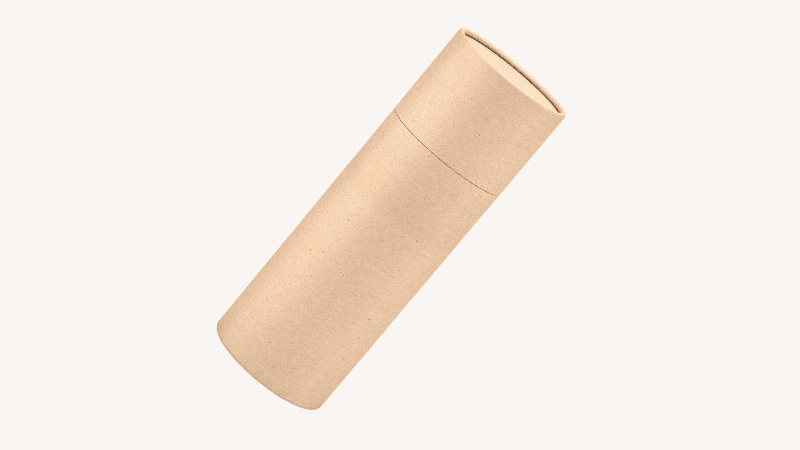
- Limited Suitability: High-volume and heavy products may not be suitable for paper canister packaging, as they may not provide enough protection during transport and storage.
Navigating these challenges requires careful consideration of your product’s specific needs and a willingness to innovate with materials and design.
Maximizing Design & Suitability
While traditional paper processing might have imposed certain design limitations, modern manufacturing techniques have expanded the creative possibilities for paper canisters:
- Advanced Printing & Finishing: Technologies like digital printing, embossing, debossing, foil stamping, and spot UV allow for intricate, high-quality graphics and tactile finishes that make paper canisters visually stunning and premium. These methods offer extensive branding opportunities that can truly differentiate a product on the shelf.
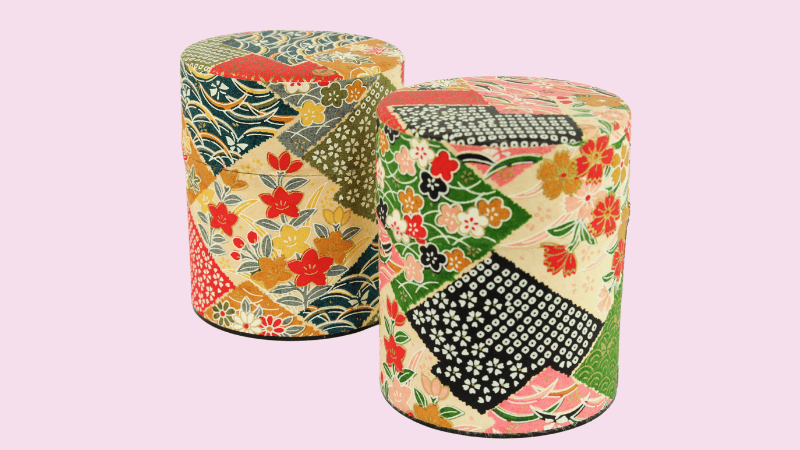
- Variable Sizing & Custom Molds: Manufacturers can now produce paper canisters in an incredibly diverse range of custom sizes and even unique non-cylindrical shapes, tailored precisely to product dimensions. This not only optimizes material use but also enhances the unboxing experience and product fit, addressing previous suitability concerns for various product volumes and weights.
- Modular Design: For heavier or high-volume products, innovative modular paper canister designs or larger, reinforced options are being developed. These solutions provide the necessary structural integrity while maintaining the environmental benefits of paper.
By strategically addressing these common challenges with innovative solutions and a focus on long-term value, businesses can confidently harness the full potential of paper canister packaging, aligning their operations with both market demands and environmental responsibility.
Paper Canister Trends
Recently, new trends have emerged in the paper canister packaging industry as companies look for more innovative and sustainable solutions. A growing number of consumers are favoring plant-based and compostable packaging. So, there’s a need for a biodegradable version of the traditional paper canister.
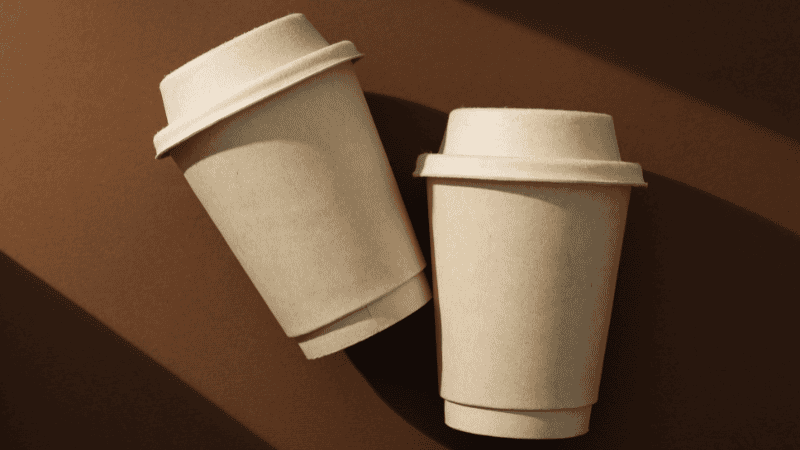
To meet this demand, manufacturers have started using recycled and kraft paper to make their canisters, which are not only biodegradable but also have a lower environmental impact during production.
Some companies have also started using coatings made from natural materials like wax or starch instead of plastic to provide moisture and grease resistance. Similarly, customization and premium packaging options are also gaining popularity.
From embossing and debossing to foil stamping and spot UV, there are various customization options available. Branding elements like logos, slogans, and graphics are also becoming a common sight on paper canisters.
To stay on top of these trends, manufacturers are investing in advanced technologies such as digital printing and 3D printing, which allow for more intricate designs and customization options. These technologies also reduce production time and waste, making them more sustainable choices for packaging companies.
FAQs
What is paper canister packaging?
Paper canister packaging refers to cylindrical containers primarily made from paper or cardboard materials, designed for storing and shipping various goods.
What products are best suited for paper canister packaging?
Paper canister packaging is ideal for a wide range of products, including dry foods, coffee, tea, snacks, spices, cosmetics, supplements, household items, and even fragile industrial goods.
What are some common challenges associated with paper canister packaging?
Challenges include potentially limited protection compared to plastic or metal, higher costs for eco-friendly versions, durability concerns for long shelf life, and some design limitations.
Conclusion
To sum up, paper canister packaging is an excellent solution for businesses looking for a sustainable and versatile packaging option. Not only are they eco-friendly, but they also offer excellent protection, versatility in design and printing options, and cost-effectiveness.
It’s about time that businesses switch to paper-based canisters to reduce their carbon footprint and contribute to a greener future. The next time you’re considering packaging options for your products, opt for paper canisters as a sustainable and stylish choice.
Get Paper Canister Packaging For Your Products in Bulk From Packoi
As a business shifting to eco-friendly packaging, you need a reliable supplier that can provide sustainable packaging options in bulk. At Packoi, we are your one-stop shop for all your customized, sustainable canister packaging needs. Get in touch to discover your options and get a free quote.


